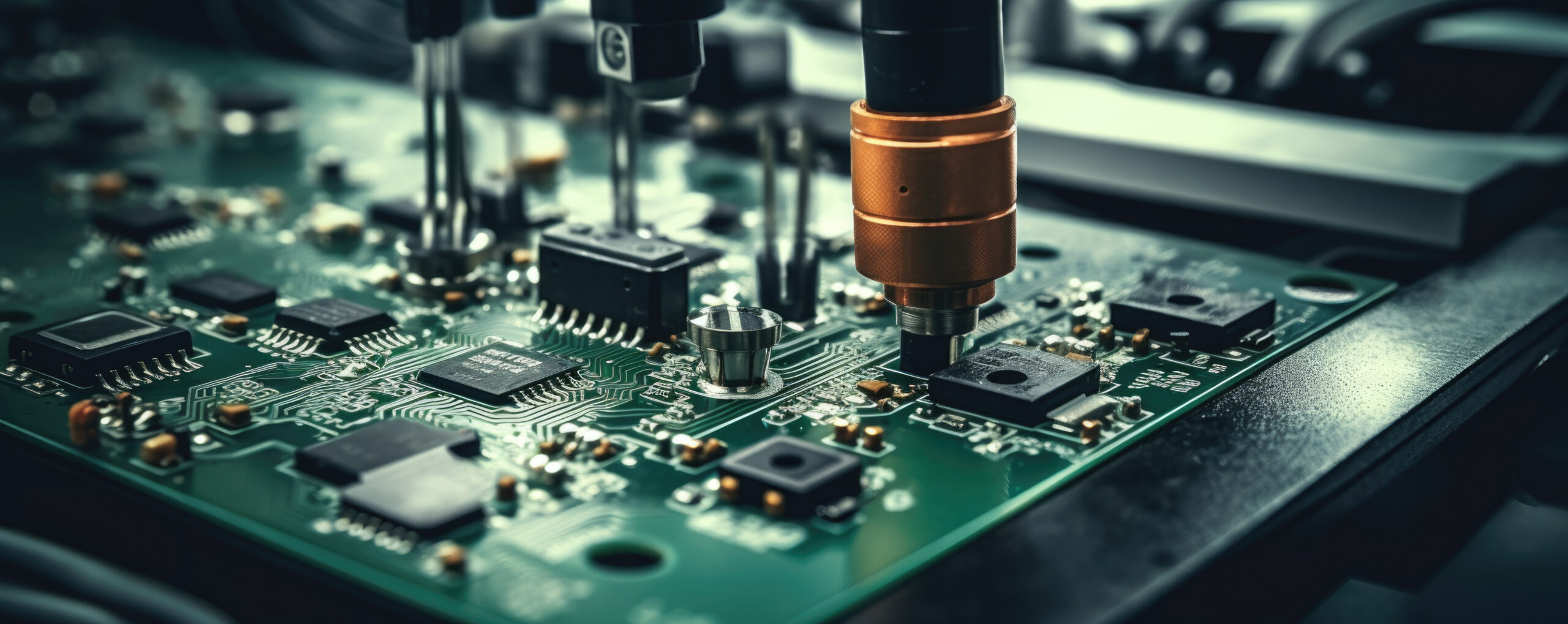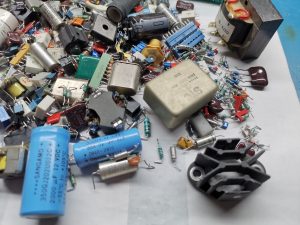
In the realm of electronics, capacitors stand as indispensable components that play a pivotal role in various circuits and devices. From smoothing out voltage fluctuations to storing and releasing energy, capacitors exhibit a remarkable ability to influence the behavior and performance of electronic systems. In this article, we delve into the depths of capacitors, unraveling their inner workings, types, applications, and the impact they have on modern technology.
- Understanding the Basics:
At its core, a capacitor is an electronic component that stores and releases electrical energy. It consists of two conductive plates separated by a dielectric material. When a voltage is applied across the plates, an electric field is established, causing the accumulation of charge. This stored charge can be discharged when needed, making capacitors a versatile element in electronic circuits. - Types of Capacitors:
Capacitors come in various shapes, sizes, and materials, each tailored for specific applications. Some common types include:
a. Ceramic Capacitors: Known for their small size and high capacitance, ceramic capacitors find extensive use in decoupling, filtering, and timing applications.
b. Electrolytic Capacitors: These capacitors offer high capacitance values and are suitable for applications requiring large energy storage, such as power supplies.
c. Tantalum Capacitors: With excellent stability and reliability, tantalum capacitors are often found in portable electronic devices and medical equipment.
d. Film Capacitors: Film capacitors excel in high-frequency applications, offering low losses and high insulation resistance.
- Capacitors in Action:
Capacitors serve a multitude of purposes in electronic circuits, enabling functionality and enhancing performance. Here are a few key applications:
a. Power Supply Filtering: Capacitors smooth out voltage ripples and fluctuations, ensuring a stable and reliable power supply to sensitive components.
b. Timing and Oscillators: Capacitors, in conjunction with resistors, determine the timing and frequency of oscillators, essential for clock circuits and signal generation.
c. Energy Storage: Capacitors store energy and release it when needed, providing instantaneous power for devices like camera flashes and defibrillators.
d. Coupling and Decoupling: Capacitors facilitate the transfer of AC signals while blocking DC components, enabling efficient coupling and decoupling in amplifiers and audio systems.
- Capacitor Selection and Considerations:
Choosing the right capacitor for a specific application requires careful consideration. Factors such as capacitance, voltage rating, temperature stability, and ESR (Equivalent Series Resistance) must be taken into account to ensure optimal performance and longevity of the circuit.
Conclusion:
From the humble ceramic capacitor to the sophisticated tantalum capacitor, these unassuming electronic components hold immense power and influence in the world of electronics. Their ability to store, release, and manipulate electrical energy makes them indispensable in countless applications. By understanding the intricacies of capacitors, engineers and enthusiasts alike can harness their potential to create innovative and reliable electronic systems that shape our modern world.


